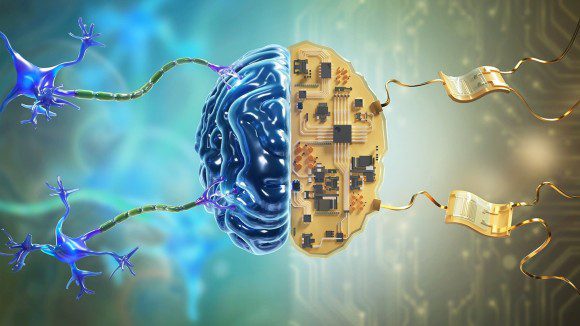
Neuromorphic Computing and Engineering
Neuromorphic Computing and Engineering™ (NCE) is a multidisciplinary journal devoted to the design, development, and application of artificial neural processing systems in advancing scientific discovery and realising emerging new technologies. Bringing together both the hardware and computational aspects of neuromorphic systems, the journal’s audience extends to engineering, materials science, physics, chemistry, biology, neuroscience, and computer science across academia and industry.

Frontiers in Neurorscience: Neuromorphic Engineering
Neuromorphic systems carry out robust and efficient neural computation using hardware implementations that operate in physical time. Typically they are event- or data-driven, they employ low-power, massively parallel hybrid analog/digital VLSI circuits, and they operate using the same physics of computation used by the nervous system. Since 2011, Frontiers in Neuromorphic Engineering has been the only publication exclusively dedicated to our community.

This journal publishes research in the science and technology of embodied autonomous systems as well as their applications. Embodied, autonomous systems can be built based on brain-inspired algorithms (e.g. connectionist networks), computational models of biological neural networks (e.g. artificial spiking or non-spiking neural nets, large-scale simulations of neural microcircuits), and actual biological systems (e.g. in vivo and in vitro neural systems).

Nature Communications – Collection: Neuromorphic Hardware and Computing
Inspired by human brain, neuromorphic computing technologies have made important breakthroughs in recent years as alternatives to overcome the power and latency shortfalls of traditional digital computing. An interdisciplinary approach is being taken to address the challenge of creating more efficient and intelligent computing systems that can perform diverse tasks, to design hardware with increasing complexity from single device to system architecture level, and to develop new theories and brain-inspired algorithms for future computing.
